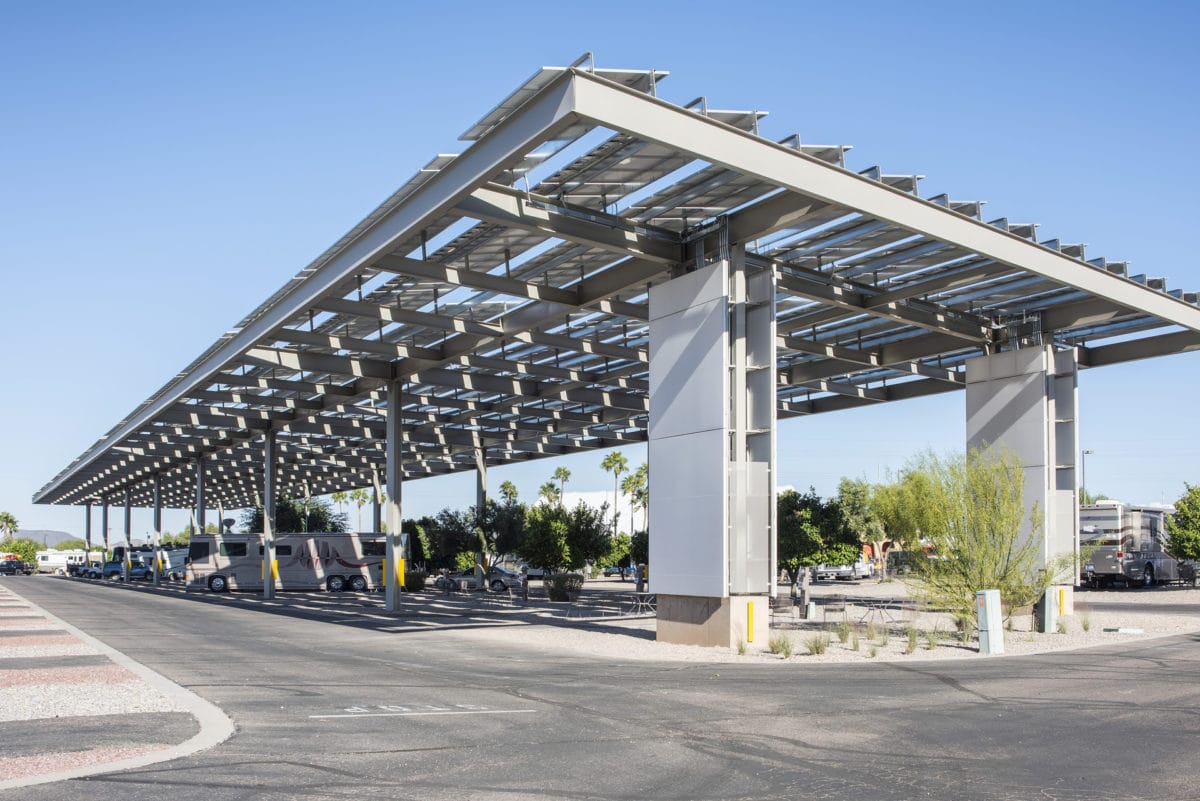The State of Massachusetts has a solar powered problem on its hands. The problem might be that the state has created a program that is too successful. Last year, pv magazine noted that $78 million of solar projects were stranded due to net metering caps being hit, and it looks like the state’s new solar power program – SMART – might have similar issues arise.

The above image is of the net metering cap status for private projects across Massachusetts. There is also a public project queue, however, that volume is available only for schools, government, etc – and demand is relatively low. The net metering cap volume is distributed to each utility service area, and the projects must connect within that service area (no wheeling allowed) to access that net metering space.
This is an imperfect comparison because the SMART program and the net metering program are two separate programs, not necessarily related. Some have argued that the SMART program removes the need for net metering, however, as the SMART program is not officially finalized this is still a debatable question.
More importantly though, based upon market chatter and historical data, it looks like the pent up demand due to the net metering cap being hit will have a profound effect on the SMART program rollout.

The above image is of the new allocation of capacity per utility for the soon to launch SMART program. As each block is filled within a utility space, the compensation paid to solar power projects lowers. The goal, overall, is to deliver 1.6 GW of solar power via this program.
And if you compare the net metering chart with the SMART chart, you can start to get a feeling for what the market chatter is saying – we’re going to start filling out blocks immediately upon program launch.
Russel Aney, founder of Avid Solar, suspects worse for Unitil territory:
In Unitil territory, the capacity of the PV projects over 25 kW with ISAs sent in 2017 & 2018, but not yet interconnected, exceeds the entire SMART capacity for the utility for systems over 25 kW. This will, again, lock out most small and medium businesses from PV for years.
And while the Unitil volume is less than 16 MW, similar talk is being suggested in the much larger National Grid territory.
Scott Bowden, VP Sales and Development, Northeast Region at Sunworks, is playing it conservative with customers:
At this point, we’re now suggesting that customers model that they’ll get into the fifth block of National Grid territory. And really, it could end up being further down the chart.
Other contractors that pv magazine has spoken with support this view, and they point out that Massachusetts was one of the states that has lost significant numbers of employees in the solar industry since net metering caps were hit.
None of this should take away from the fact that Massachusetts is aggressively moving forward in deploying solar and energy storage, even with incomplete policy support. However, it is absolute truth that the state is leaving a lot of solar value on the table, and if the House of Representatives were to bite the bullet and lift the net metering caps, the state could blossom.
This content is protected by copyright and may not be reused. If you want to cooperate with us and would like to reuse some of our content, please contact: editors@pv-magazine.com.








By submitting this form you agree to pv magazine using your data for the purposes of publishing your comment.
Your personal data will only be disclosed or otherwise transmitted to third parties for the purposes of spam filtering or if this is necessary for technical maintenance of the website. Any other transfer to third parties will not take place unless this is justified on the basis of applicable data protection regulations or if pv magazine is legally obliged to do so.
You may revoke this consent at any time with effect for the future, in which case your personal data will be deleted immediately. Otherwise, your data will be deleted if pv magazine has processed your request or the purpose of data storage is fulfilled.
Further information on data privacy can be found in our Data Protection Policy.